Excess Nutrient Pollution Sends Salt Marsh Microbes into Dormancy
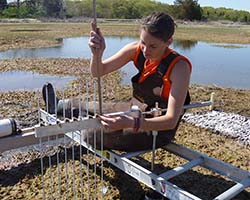
A recent experiment examined the impacts of increased nitrogen on salt marshes—and the all-important microbes within them.

A recent experiment examined the impacts of increased nitrogen on salt marshes—and the all-important microbes within them.
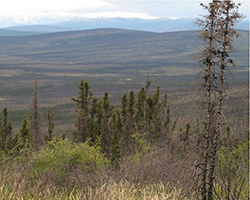
Each forest reflects a legacy of past disturbances—from the literal detritus left behind a storm or fire to the prominence of particular species traits that enable species to bounce back after a specific type of disturbance.

How can researchers project the ways in which land-use changes will affect ecosystem services when they don’t yet know what course development will take? Integrated scenario analysis models several possible trajectories to examine the interactive effects that land-use change could have on ecosystem structure and function.
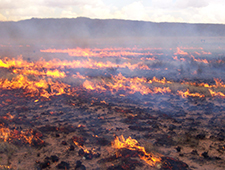
What information is needed to predict where fires will start in desert grasslands and how big they will get? Soil type turns out to play a larger role than expected.
How sensitive are coastal ecosystems to sharp changes in temperature? Using a detailed spatial analysis in the Florida Everglades, researchers found that cold snaps reduced ecosystem productivity most dramatically in areas with low water levels that were located away from the coast. With more extreme weather events predicted in the future, knowing the likely effects of low temperature events on subtropical wetlands systems can inform management of these important ecosystems.
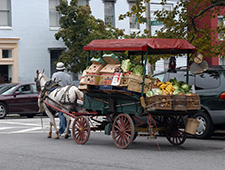
There are certain events, such as severe storms or a crash in financial markets, that catalyze transitions in social-ecological systems, in a process that is akin to the way a hurricane or insect outbreak might catalyze an ecological transition. To understand the patterns that emerge in social-ecological systems, ecologists must understand governance, a process rooted in the key social science concepts of power and networks.
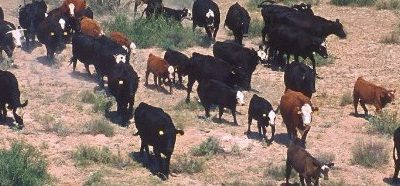
How-and when-do ecosystems change character? Are those shifts reversible? And what signs might precede them? Such questions are hard enough to answer in a single place. One might think that incorporating different kinds of ecosystems would only complicate the problem. But a group of scientists in the Long-Term Ecological Research Network is finding a remarkably consistent pattern by combining models and data across several long-term ecological experiments.
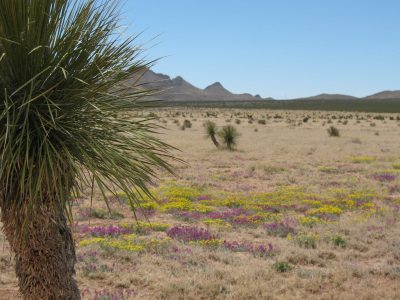
Novel ecosystems can emerge through many kinds of changes, including changes in mean climate, species invasions, and increased or decreased variability. Researchers at Jordana Basin LTER have highlighted the role of interannual climate variability in changing the outcome when an exotic grass species invades dry shrubland. Using a process-based model, they predicted three outcomes, depending on the degree of variability and timing relative to invasion.
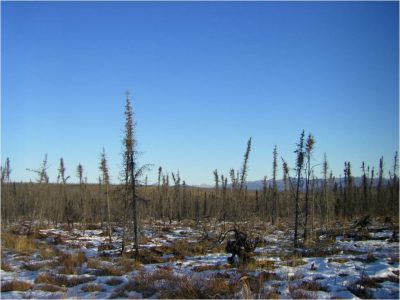
Climate-change is predicted to have a larger impact on Arctic regions than on temperate ecosystems. As a result, rural communities relying on local wild resources, or subsistence harvesting, are vulnerable to climate-change-induced environmental trends affecting the availability of fish, waterfowl, and other key resources.
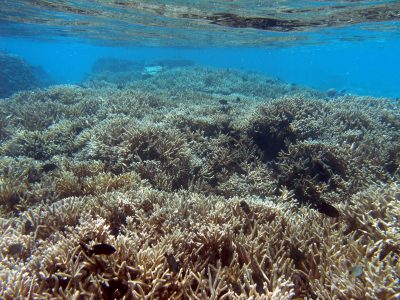
Individuals—even individuals of the same species—don’t always respond to a stimulus in the same way. Studying calcification in a key coral species, Acropora pulchra, researchers at the Moorea Coral Reef LTER found greater variety in the corals’ response to temperature than to high levels of CO2 in seawater. Since individual variation is the raw material of evolution, the contrast suggests it may be easier for this coral species to adapt to rising temperatures than to increased ocean acidification.
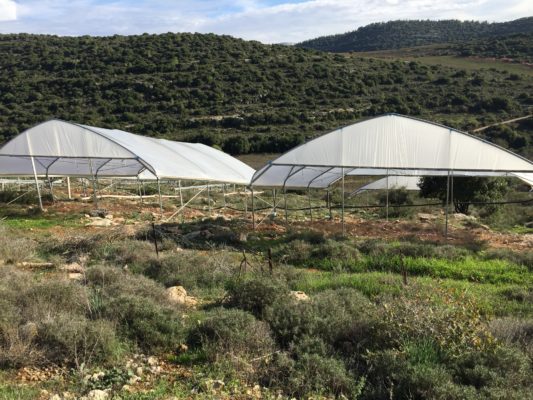 International Drought Experiment" data-envira-gallery-id="site_images_45349" data-envira-index="5" data-envira-item-id="82314" data-envira-src="https://lternet.edu/wp-content/uploads/2020/01/Matta_rainout-533x400.jpeg" data-envira-srcset="https://lternet.edu/wp-content/uploads/2020/01/Matta_rainout-533x400.jpeg 400w, https://lternet.edu/wp-content/uploads/2020/01/Matta_rainout-533x400.jpeg 2x" data-title="Matta_rainout" itemprop="thumbnailUrl" data-no-lazy="1" data-envirabox="site_images_45349" data-automatic-caption="Matta_rainout -
International Drought Experiment" data-envira-gallery-id="site_images_45349" data-envira-index="5" data-envira-item-id="82314" data-envira-src="https://lternet.edu/wp-content/uploads/2020/01/Matta_rainout-533x400.jpeg" data-envira-srcset="https://lternet.edu/wp-content/uploads/2020/01/Matta_rainout-533x400.jpeg 400w, https://lternet.edu/wp-content/uploads/2020/01/Matta_rainout-533x400.jpeg 2x" data-title="Matta_rainout" itemprop="thumbnailUrl" data-no-lazy="1" data-envirabox="site_images_45349" data-automatic-caption="Matta_rainout - Researchers use rainout shelters at the Matta International LTER site in Israel to simulate extended droughts and observe changes in ecosystem productivity and species composition. The Matta site is part of a distributed network of over 100 sites across the globe inspired by long term experiments of the U.S. LTER Network. Similar structures without plastic panels serve as controls. Image courtesy of International Drought Experiment
" data-envira-height="225" data-envira-width="300" />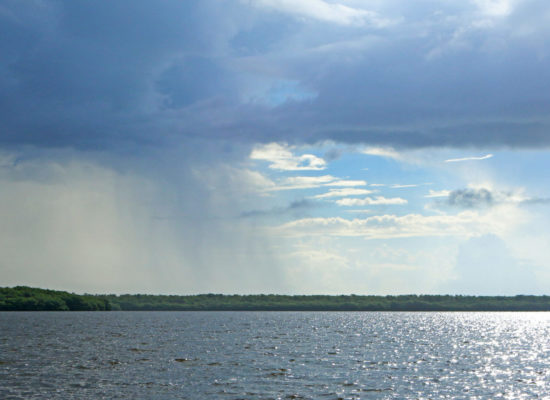 E Zambello/LTER Network Office CC BY 4.0" data-envira-gallery-id="site_images_45349" data-envira-index="6" data-envira-item-id="82145" data-envira-src="https://lternet.edu/wp-content/uploads/2019/11/Everglades-National-Park-scaled-e1574660761311-550x400.jpg" data-envira-srcset="https://lternet.edu/wp-content/uploads/2019/11/Everglades-National-Park-scaled-e1574660761311-550x400.jpg 400w, https://lternet.edu/wp-content/uploads/2019/11/Everglades-National-Park-scaled-e1574660761311-550x400.jpg 2x" data-title="Everglades National Park" itemprop="thumbnailUrl" data-no-lazy="1" data-envirabox="site_images_45349" data-automatic-caption="Everglades National Park - E Zambello/LTER Network Office CC BY 4.0" data-envira-height="218" data-envira-width="300" />
E Zambello/LTER Network Office CC BY 4.0" data-envira-gallery-id="site_images_45349" data-envira-index="6" data-envira-item-id="82145" data-envira-src="https://lternet.edu/wp-content/uploads/2019/11/Everglades-National-Park-scaled-e1574660761311-550x400.jpg" data-envira-srcset="https://lternet.edu/wp-content/uploads/2019/11/Everglades-National-Park-scaled-e1574660761311-550x400.jpg 400w, https://lternet.edu/wp-content/uploads/2019/11/Everglades-National-Park-scaled-e1574660761311-550x400.jpg 2x" data-title="Everglades National Park" itemprop="thumbnailUrl" data-no-lazy="1" data-envirabox="site_images_45349" data-automatic-caption="Everglades National Park - E Zambello/LTER Network Office CC BY 4.0" data-envira-height="218" data-envira-width="300" />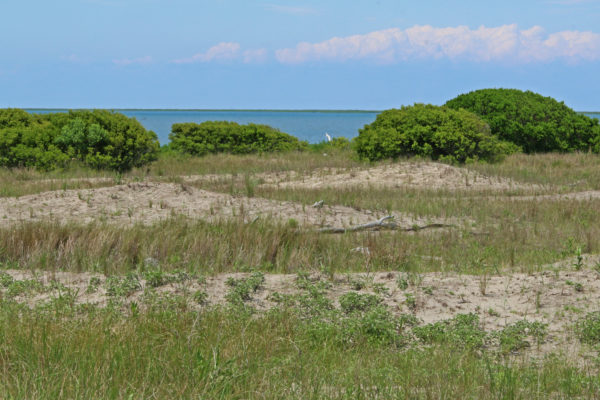 E Zambello/LTER-NCO CC BY 4.0" data-envira-gallery-id="site_images_45349" data-envira-index="16" data-envira-item-id="80811" data-envira-src="https://lternet.edu/wp-content/uploads/2019/01/Barrier-island-shrubs-600x400.jpg" data-envira-srcset="https://lternet.edu/wp-content/uploads/2019/01/Barrier-island-shrubs-600x400.jpg 400w, https://lternet.edu/wp-content/uploads/2019/01/Barrier-island-shrubs-600x400.jpg 2x" data-title="Barrier island shrubs" itemprop="thumbnailUrl" data-no-lazy="1" data-envirabox="site_images_45349" data-automatic-caption="Barrier island shrubs -
E Zambello/LTER-NCO CC BY 4.0" data-envira-gallery-id="site_images_45349" data-envira-index="16" data-envira-item-id="80811" data-envira-src="https://lternet.edu/wp-content/uploads/2019/01/Barrier-island-shrubs-600x400.jpg" data-envira-srcset="https://lternet.edu/wp-content/uploads/2019/01/Barrier-island-shrubs-600x400.jpg 400w, https://lternet.edu/wp-content/uploads/2019/01/Barrier-island-shrubs-600x400.jpg 2x" data-title="Barrier island shrubs" itemprop="thumbnailUrl" data-no-lazy="1" data-envirabox="site_images_45349" data-automatic-caption="Barrier island shrubs - Sand dunes giving way to taller shrubs that have rapidly expanded on these barrier islands thanks to a warming climate. The shrubs are increasing erosion and changing food-web dynamics across the Virginia coastline. E Zambello/LTER-NCO CC BY 4.0
" data-envira-height="188" data-envira-width="300" />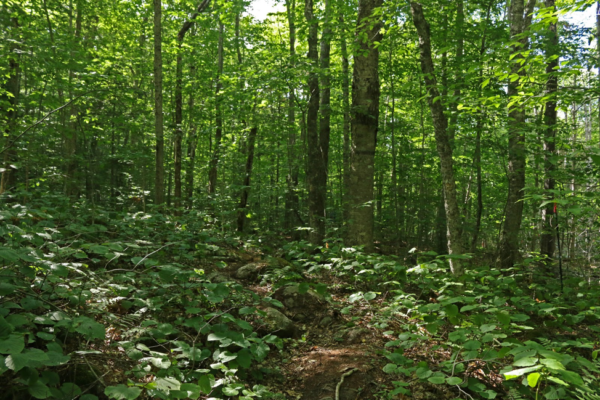 E Zambello/LTER-NCO CC BY 4.0" data-envira-gallery-id="site_images_45349" data-envira-index="17" data-envira-item-id="80711" data-envira-src="https://lternet.edu/wp-content/uploads/2019/01/HB-droughtnet1-600x400.png" data-envira-srcset="https://lternet.edu/wp-content/uploads/2019/01/HB-droughtnet1-600x400.png 400w, https://lternet.edu/wp-content/uploads/2019/01/HB-droughtnet1-600x400.png 2x" data-title="HB droughtnet1" itemprop="thumbnailUrl" data-no-lazy="1" data-envirabox="site_images_45349" data-automatic-caption="HB droughtnet1 - A northern temperate forest on a summer afternoon. E Zambello/LTER-NCO CC BY 4.0" data-envira-height="200" data-envira-width="300" />
E Zambello/LTER-NCO CC BY 4.0" data-envira-gallery-id="site_images_45349" data-envira-index="17" data-envira-item-id="80711" data-envira-src="https://lternet.edu/wp-content/uploads/2019/01/HB-droughtnet1-600x400.png" data-envira-srcset="https://lternet.edu/wp-content/uploads/2019/01/HB-droughtnet1-600x400.png 400w, https://lternet.edu/wp-content/uploads/2019/01/HB-droughtnet1-600x400.png 2x" data-title="HB droughtnet1" itemprop="thumbnailUrl" data-no-lazy="1" data-envirabox="site_images_45349" data-automatic-caption="HB droughtnet1 - A northern temperate forest on a summer afternoon. E Zambello/LTER-NCO CC BY 4.0" data-envira-height="200" data-envira-width="300" />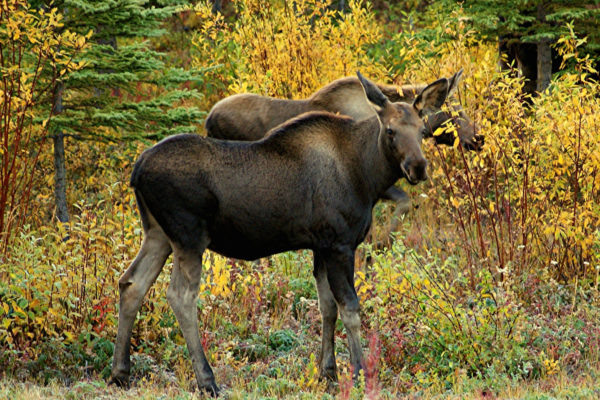 JLS Photography Alaska via Flickr CC BY-NC-ND 2.0" data-envira-gallery-id="site_images_45349" data-envira-index="19" data-envira-item-id="80191" data-envira-src="https://lternet.edu/wp-content/uploads/2018/11/9094565976_da2f481fc3_k-600x400.jpg" data-envira-srcset="https://lternet.edu/wp-content/uploads/2018/11/9094565976_da2f481fc3_k-600x400.jpg 400w, https://lternet.edu/wp-content/uploads/2018/11/9094565976_da2f481fc3_k-600x400.jpg 2x" data-title="JLS Photography_Alaska moose" itemprop="thumbnailUrl" data-no-lazy="1" data-envirabox="site_images_45349" data-automatic-caption="JLS Photography_Alaska moose -
JLS Photography Alaska via Flickr CC BY-NC-ND 2.0" data-envira-gallery-id="site_images_45349" data-envira-index="19" data-envira-item-id="80191" data-envira-src="https://lternet.edu/wp-content/uploads/2018/11/9094565976_da2f481fc3_k-600x400.jpg" data-envira-srcset="https://lternet.edu/wp-content/uploads/2018/11/9094565976_da2f481fc3_k-600x400.jpg 400w, https://lternet.edu/wp-content/uploads/2018/11/9094565976_da2f481fc3_k-600x400.jpg 2x" data-title="JLS Photography_Alaska moose" itemprop="thumbnailUrl" data-no-lazy="1" data-envirabox="site_images_45349" data-automatic-caption="JLS Photography_Alaska moose - One management goal in the Boreal forests of Alaska is to maintain habitat diversity to support wildlife, such as the mother and baby moose pictured here. JLS Photography Alaska via Flickr CC BY-NC-ND 2.0
" data-envira-height="241" data-envira-width="300" />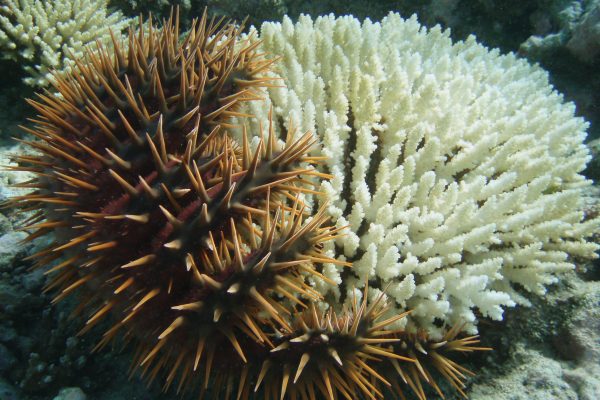 CC BY-SA 4.0" data-envira-gallery-id="site_images_45349" data-envira-index="30" data-envira-item-id="46180" data-envira-src="https://lternet.edu/wp-content/uploads/2017/11/P7193263-copy-600x400.jpg" data-envira-srcset="https://lternet.edu/wp-content/uploads/2017/11/P7193263-copy-600x400.jpg 400w, https://lternet.edu/wp-content/uploads/2017/11/P7193263-copy-600x400.jpg 2x" data-title="Crown-of-thorns Sea Star" itemprop="thumbnailUrl" data-no-lazy="1" data-envirabox="site_images_45349" data-automatic-caption="Crown-of-thorns Sea Star -
CC BY-SA 4.0" data-envira-gallery-id="site_images_45349" data-envira-index="30" data-envira-item-id="46180" data-envira-src="https://lternet.edu/wp-content/uploads/2017/11/P7193263-copy-600x400.jpg" data-envira-srcset="https://lternet.edu/wp-content/uploads/2017/11/P7193263-copy-600x400.jpg 400w, https://lternet.edu/wp-content/uploads/2017/11/P7193263-copy-600x400.jpg 2x" data-title="Crown-of-thorns Sea Star" itemprop="thumbnailUrl" data-no-lazy="1" data-envirabox="site_images_45349" data-automatic-caption="Crown-of-thorns Sea Star - A Crown_of-thorns seastar or COTS (Acanthaster planci) feeding on a coral colony. MCR LTER. CC BY-SA 4.0
" data-envira-height="201" data-envira-width="300" />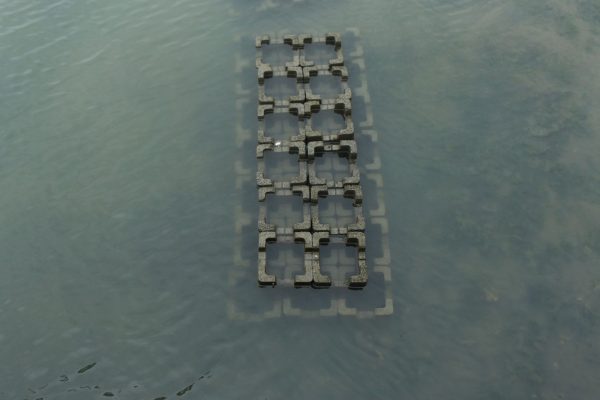 Erika Zambello/LTER NCO. CC BY-SA 4.0." data-envira-gallery-id="site_images_45349" data-envira-index="31" data-envira-item-id="46166" data-envira-src="https://lternet.edu/wp-content/uploads/2017/11/vcr-2-600x400.jpg" data-envira-srcset="https://lternet.edu/wp-content/uploads/2017/11/vcr-2-600x400.jpg 400w, https://lternet.edu/wp-content/uploads/2017/11/vcr-2-600x400.jpg 2x" data-title="vcr-cement-blocks" itemprop="thumbnailUrl" data-no-lazy="1" data-envirabox="site_images_45349" data-automatic-caption="vcr-cement-blocks - Submerged cement blocks rest below the sea level. Erika Zambello/LTER NCO. CC BY-SA 4.0." data-envira-height="200" data-envira-width="300" />
Erika Zambello/LTER NCO. CC BY-SA 4.0." data-envira-gallery-id="site_images_45349" data-envira-index="31" data-envira-item-id="46166" data-envira-src="https://lternet.edu/wp-content/uploads/2017/11/vcr-2-600x400.jpg" data-envira-srcset="https://lternet.edu/wp-content/uploads/2017/11/vcr-2-600x400.jpg 400w, https://lternet.edu/wp-content/uploads/2017/11/vcr-2-600x400.jpg 2x" data-title="vcr-cement-blocks" itemprop="thumbnailUrl" data-no-lazy="1" data-envirabox="site_images_45349" data-automatic-caption="vcr-cement-blocks - Submerged cement blocks rest below the sea level. Erika Zambello/LTER NCO. CC BY-SA 4.0." data-envira-height="200" data-envira-width="300" />